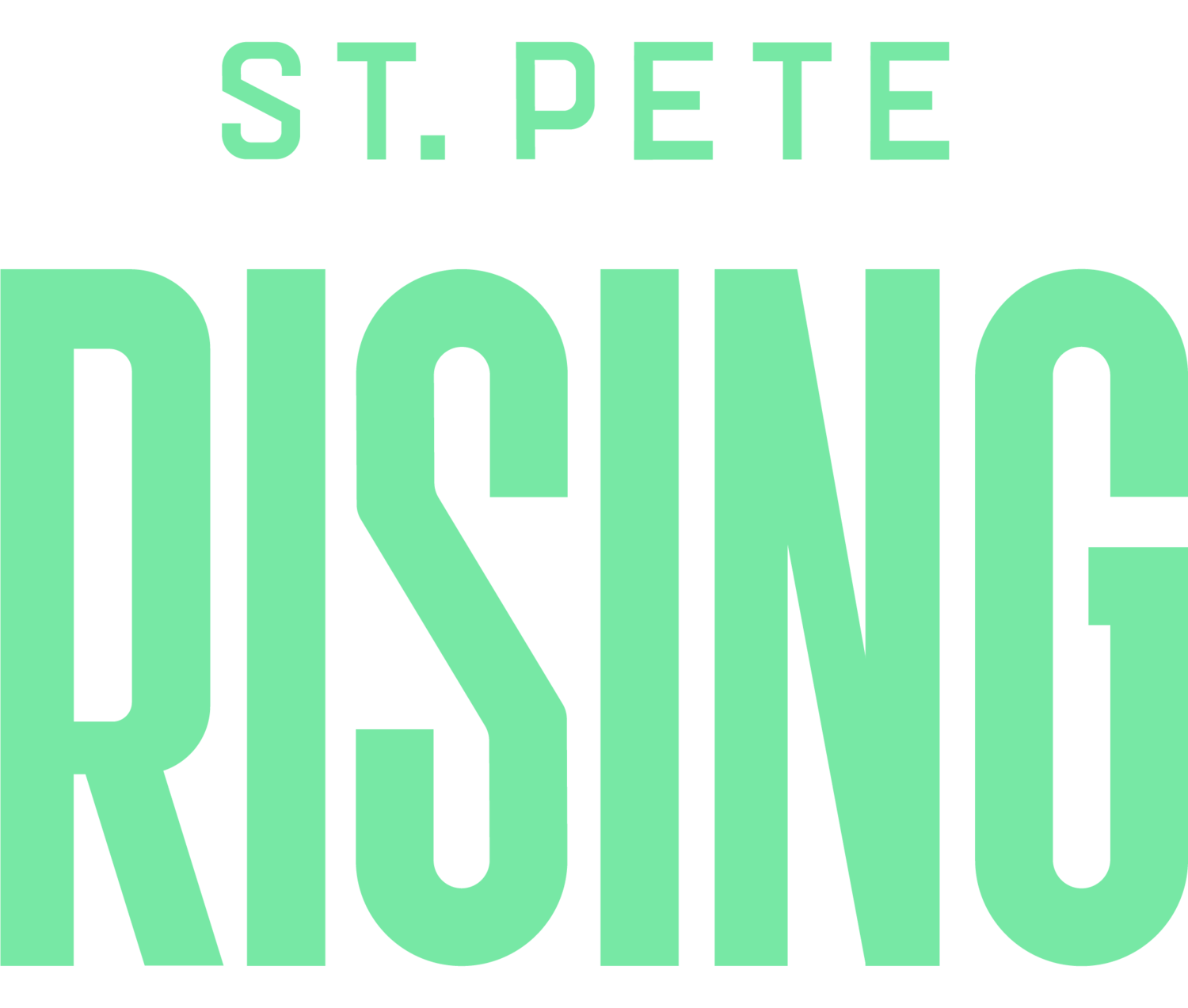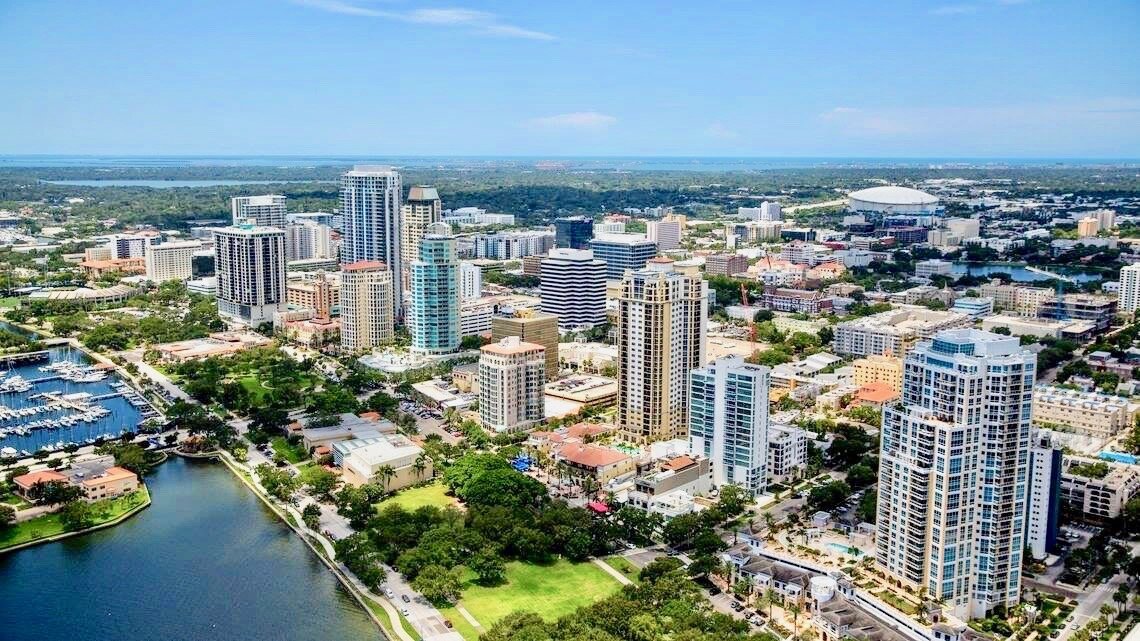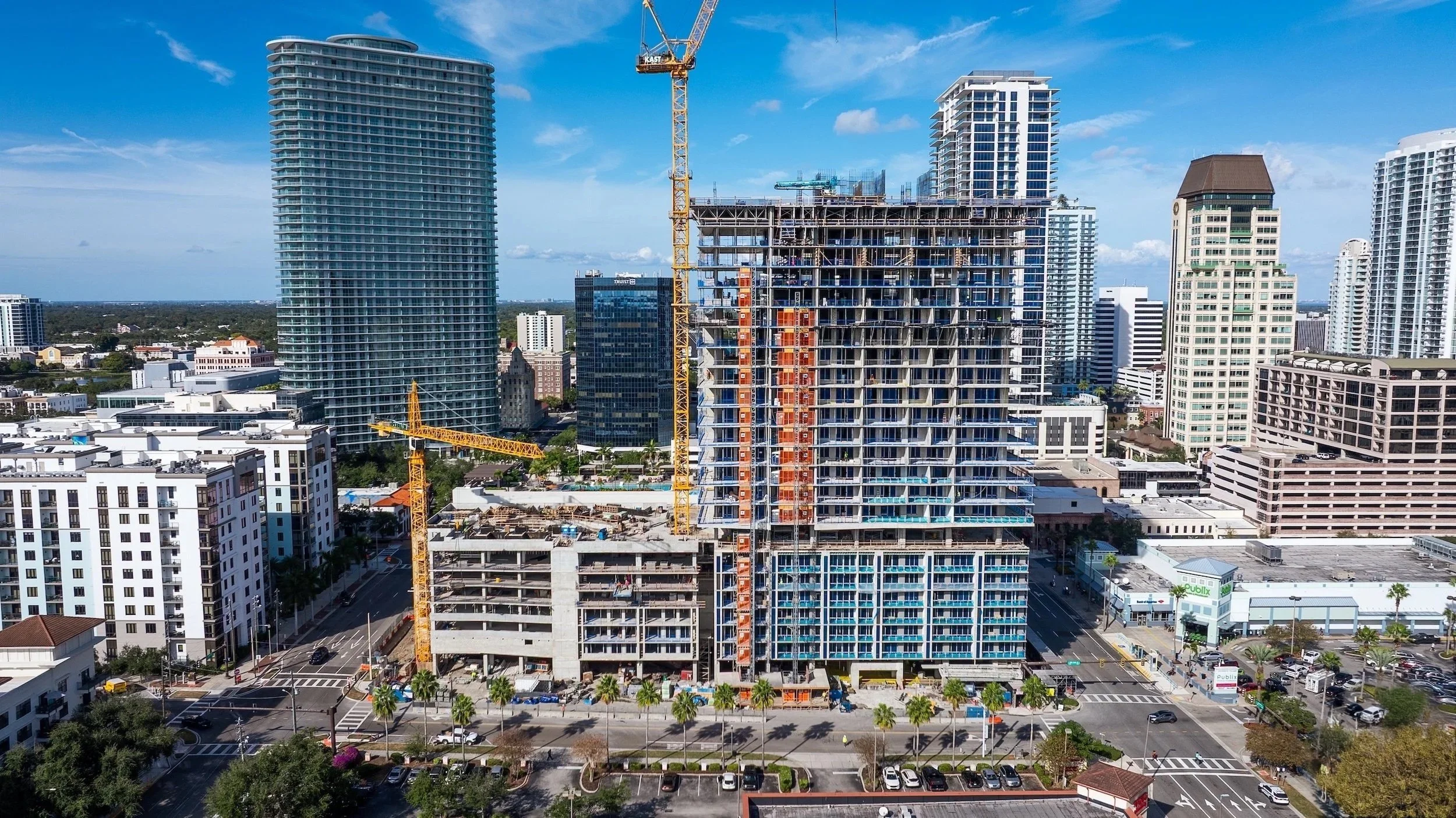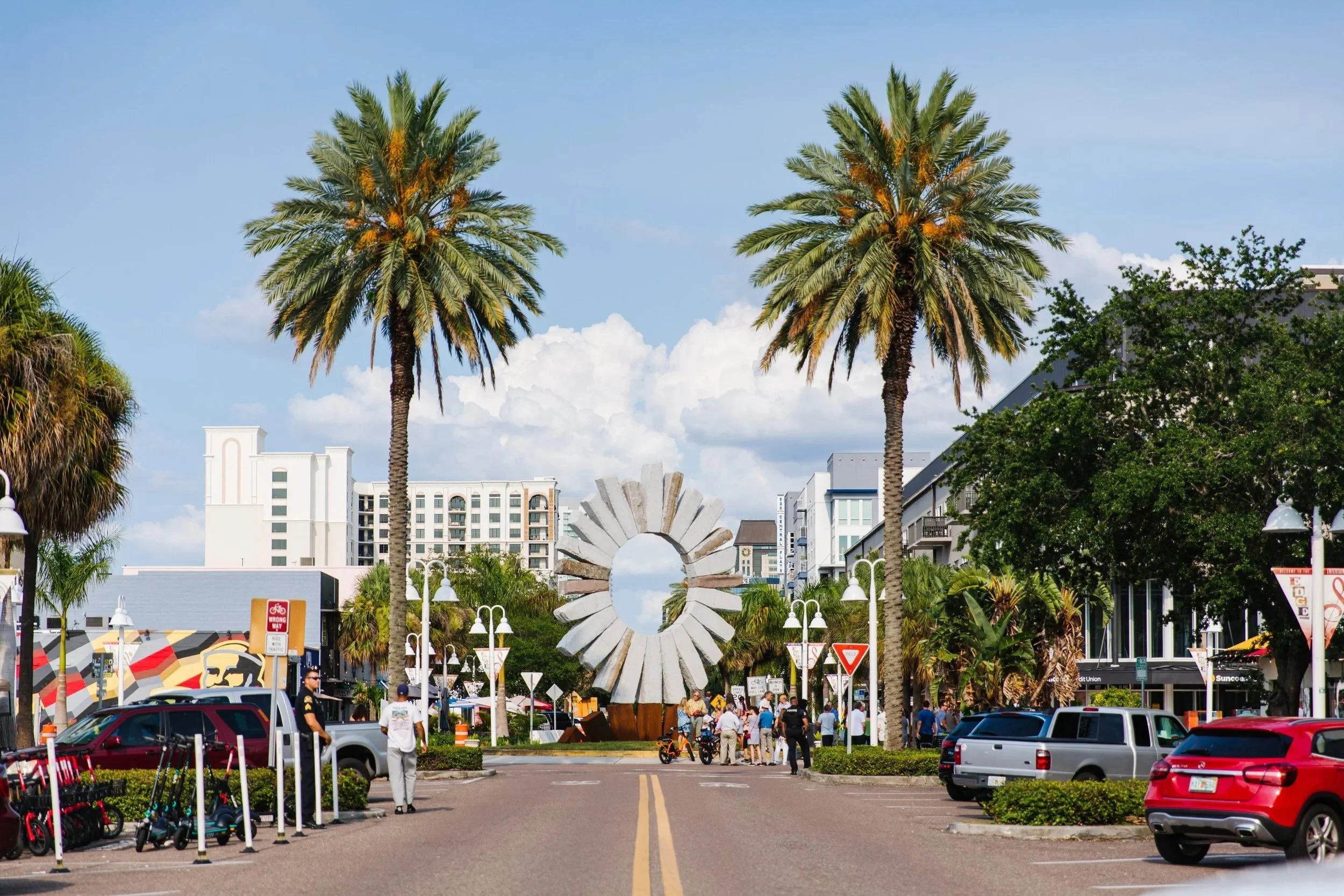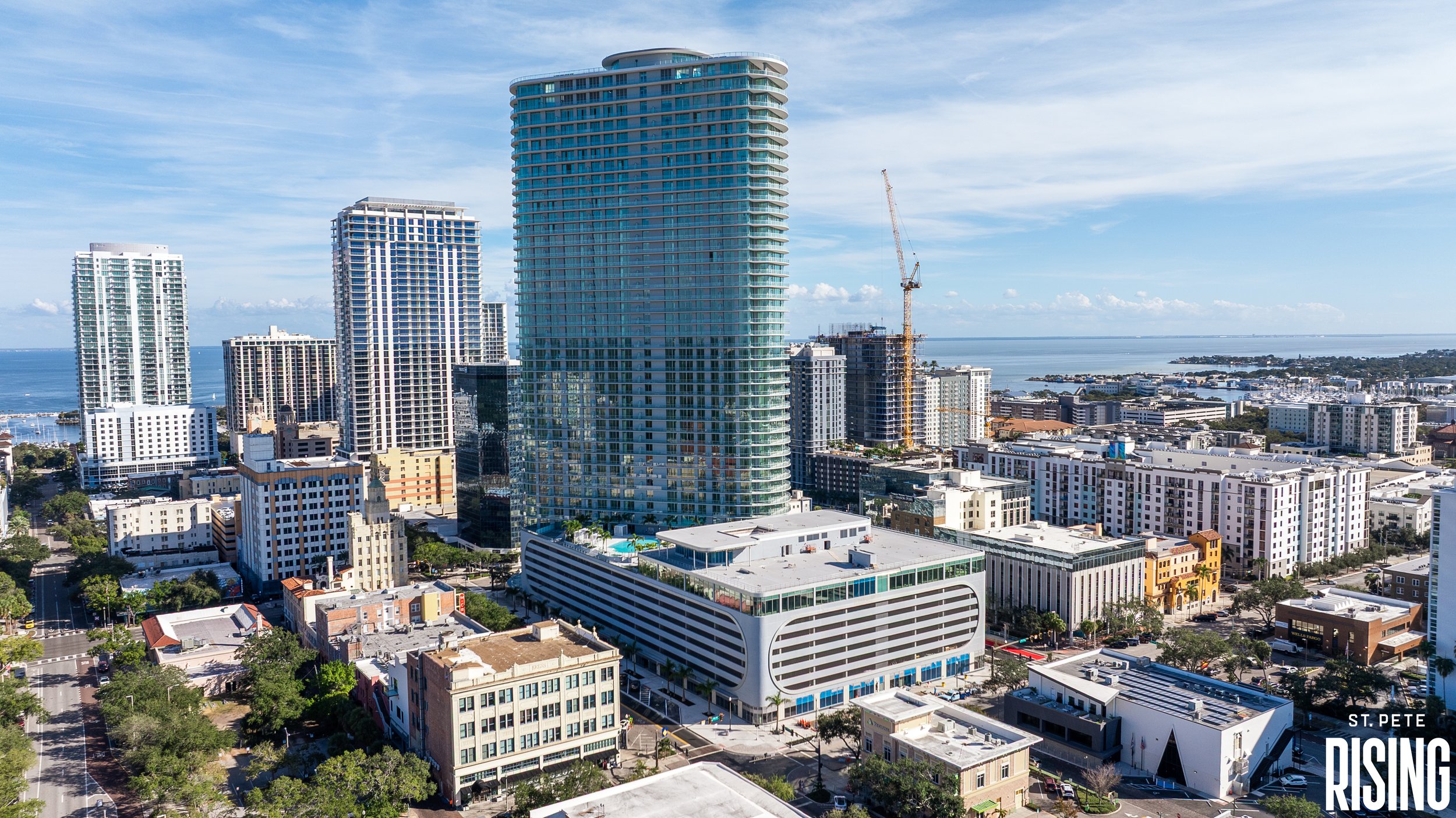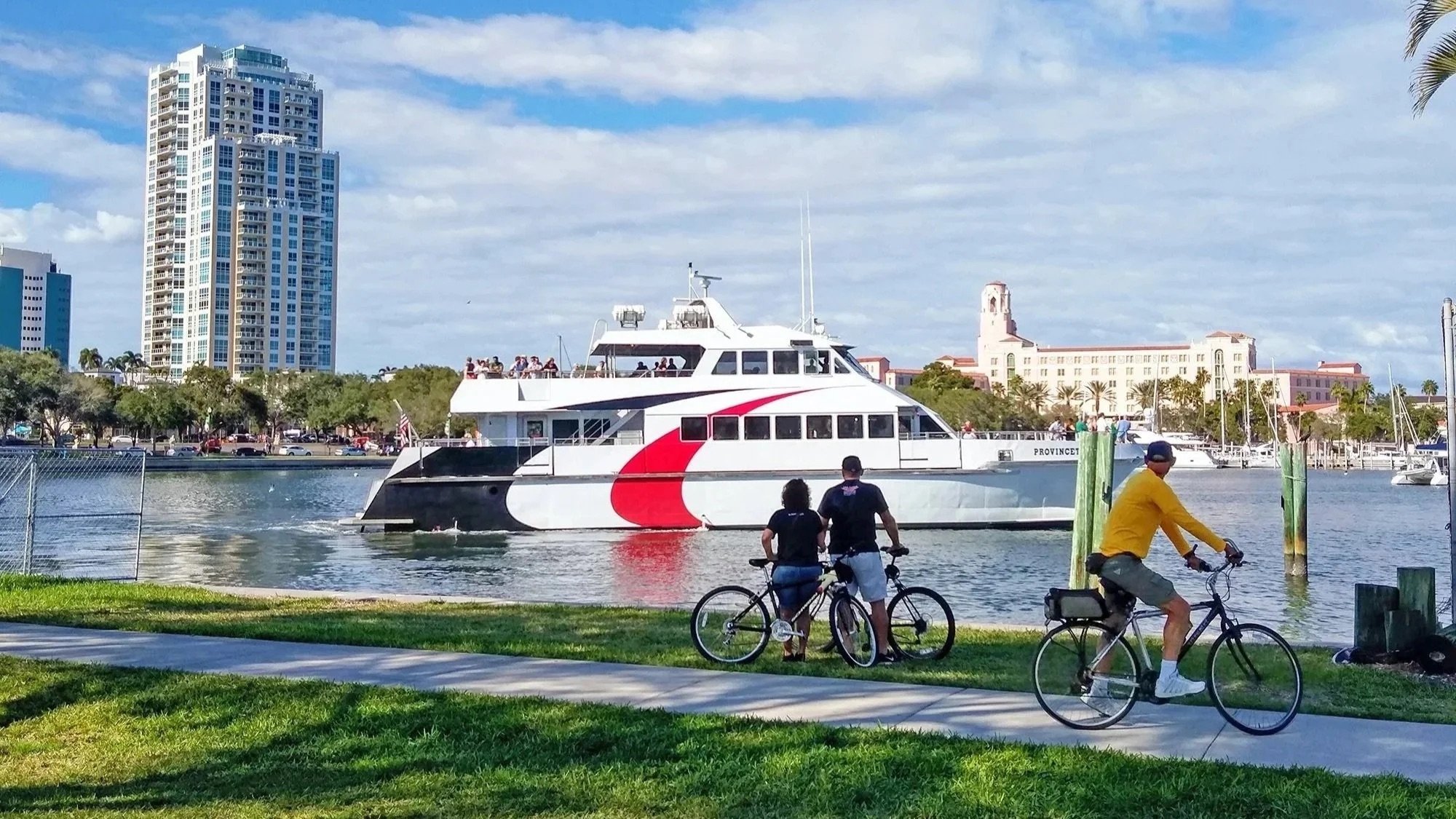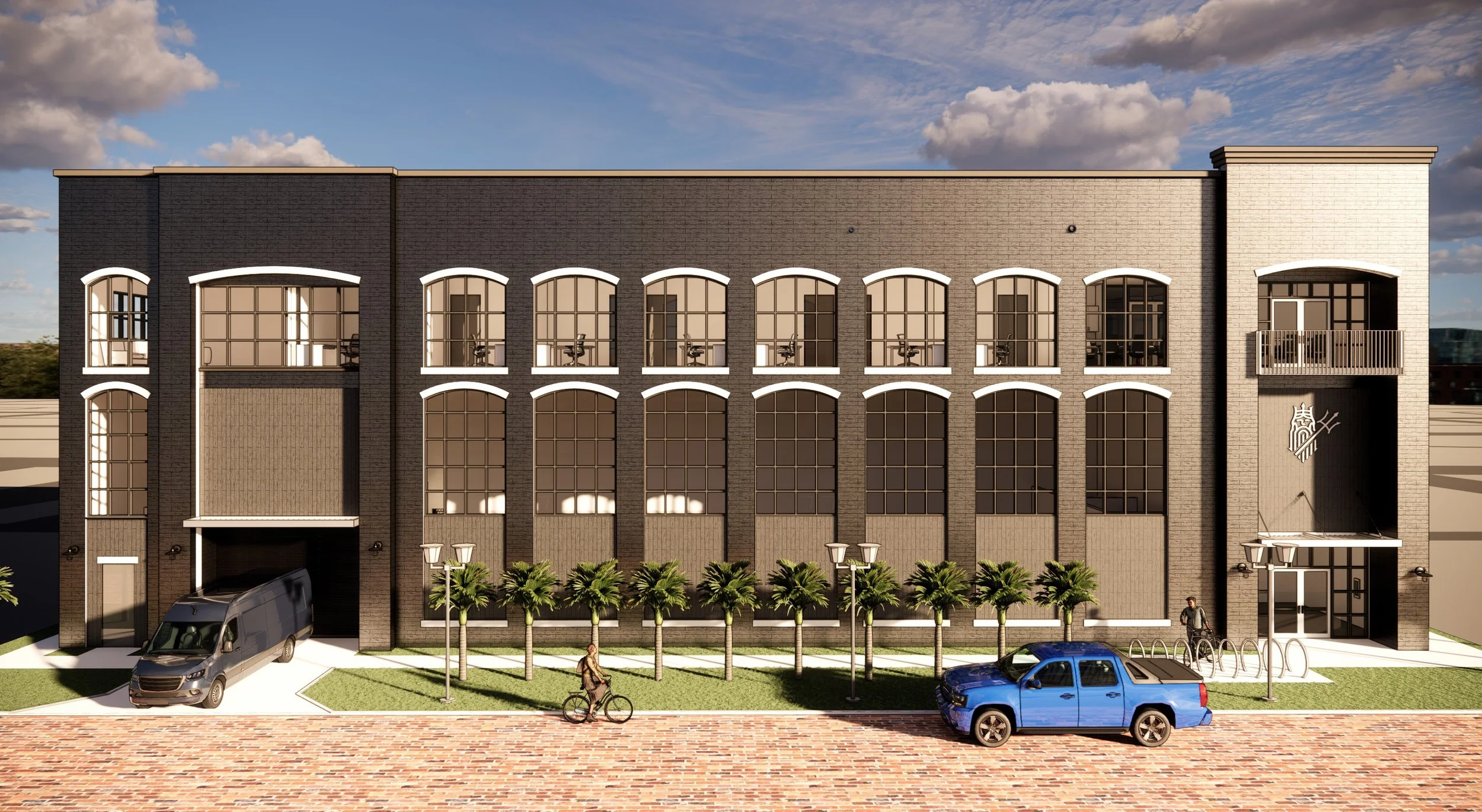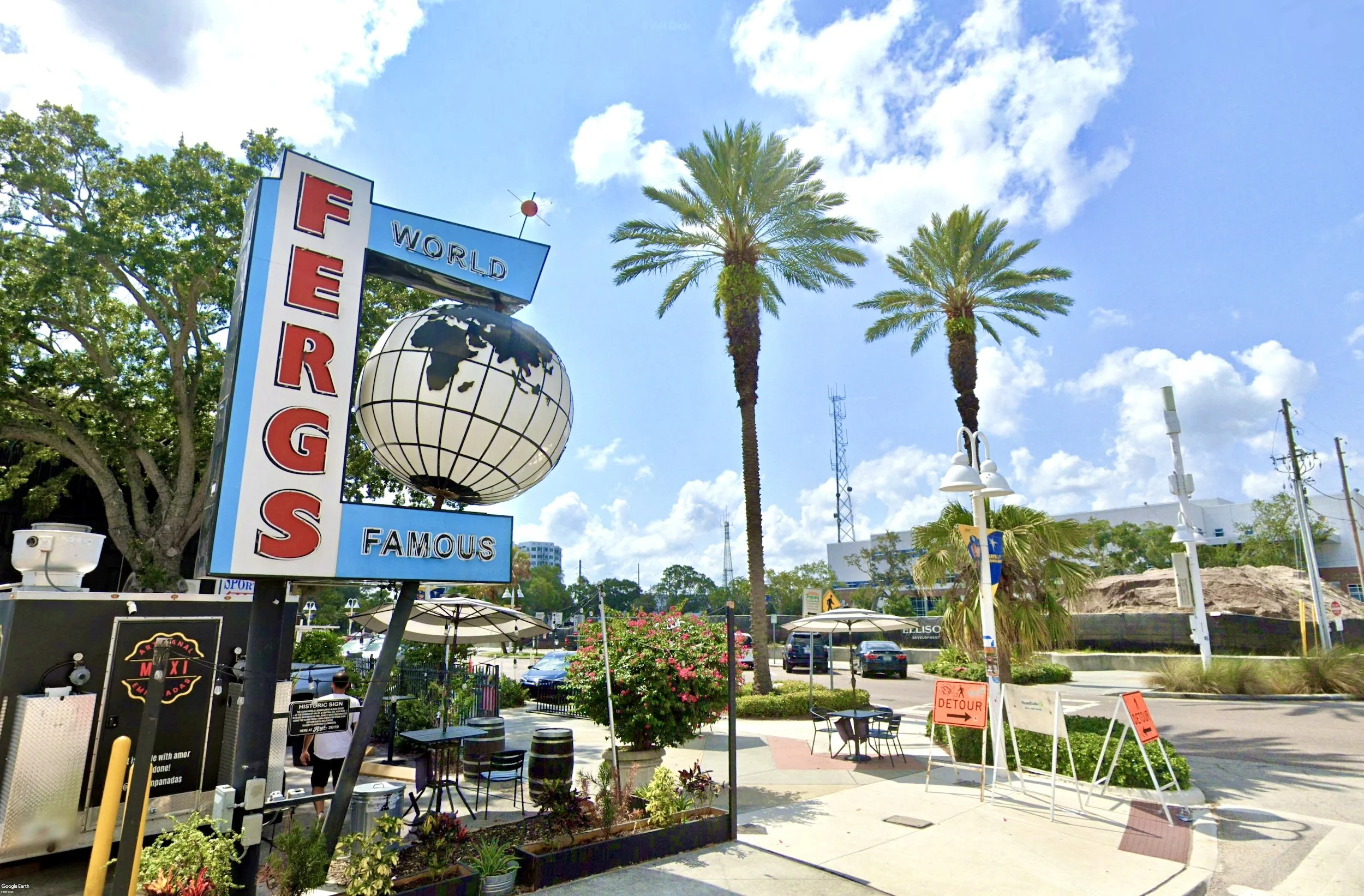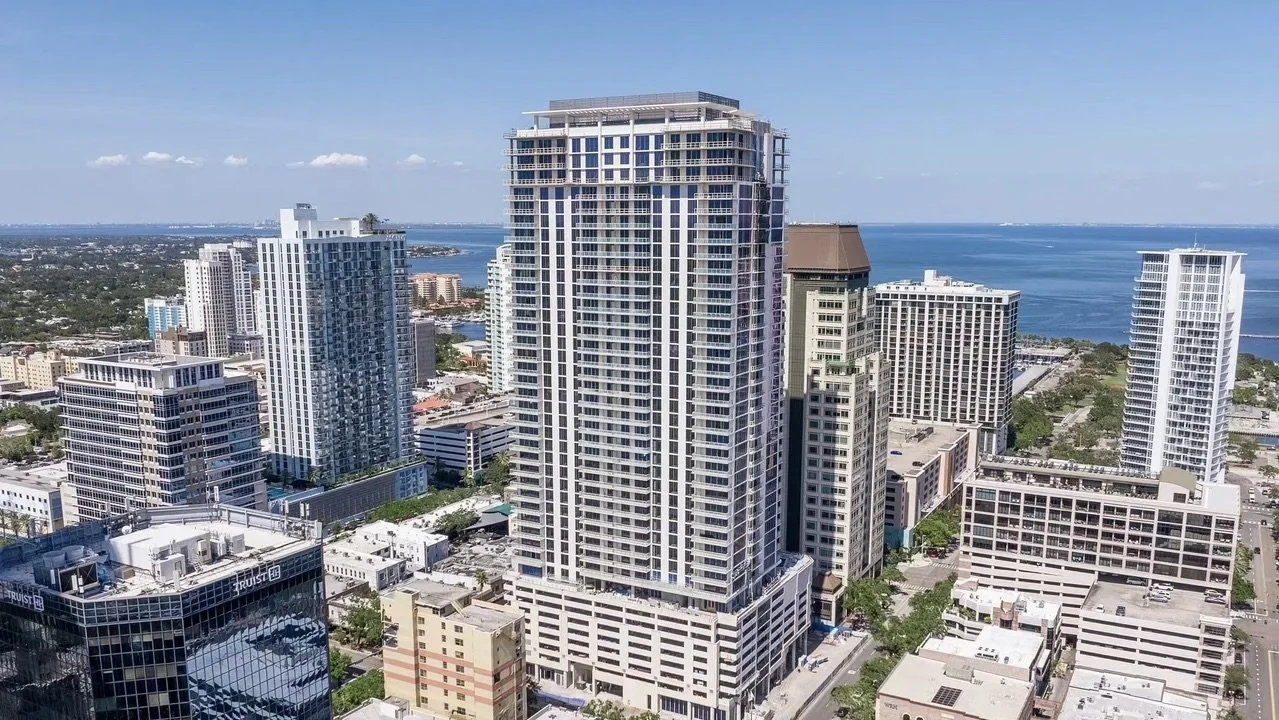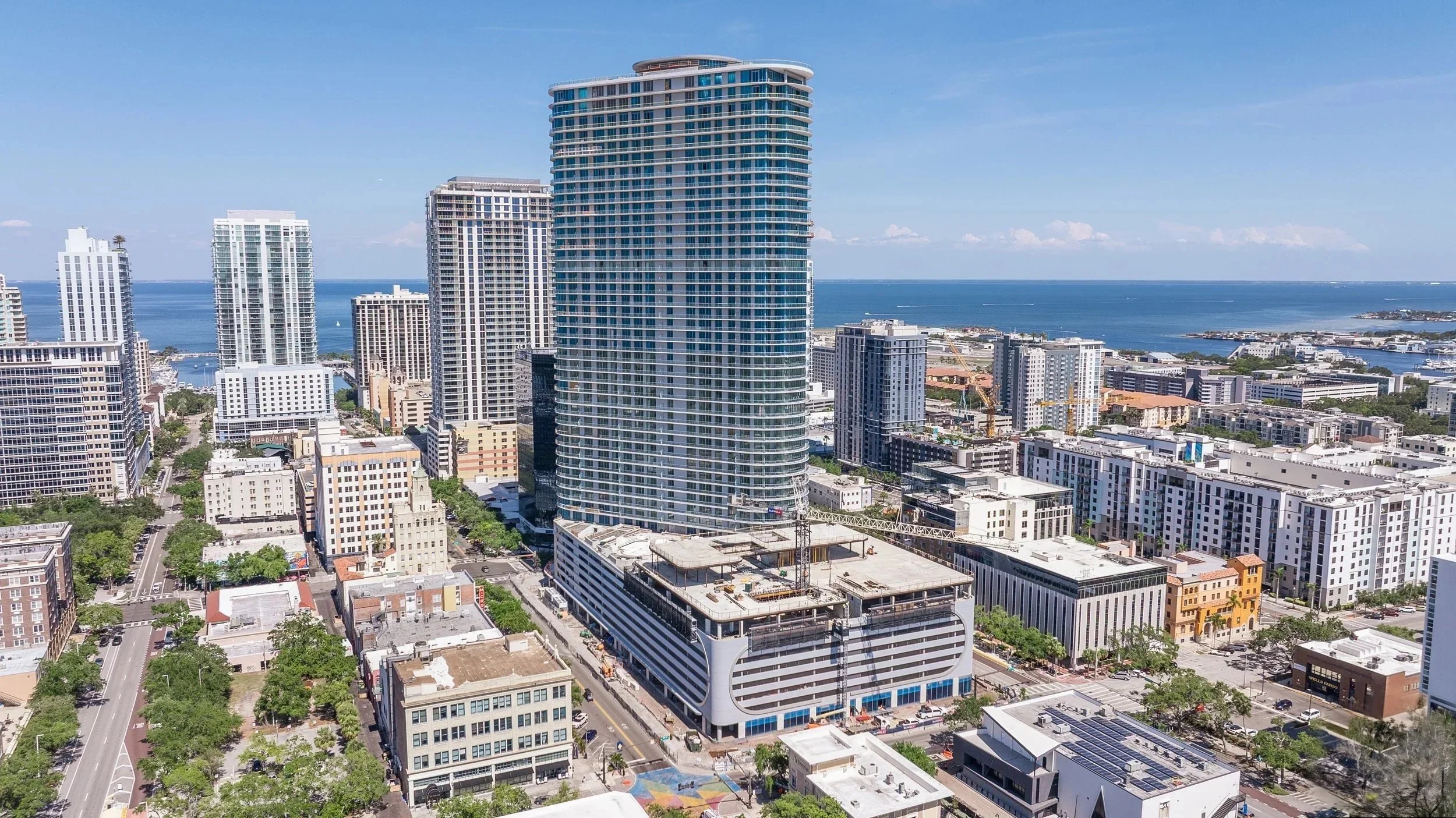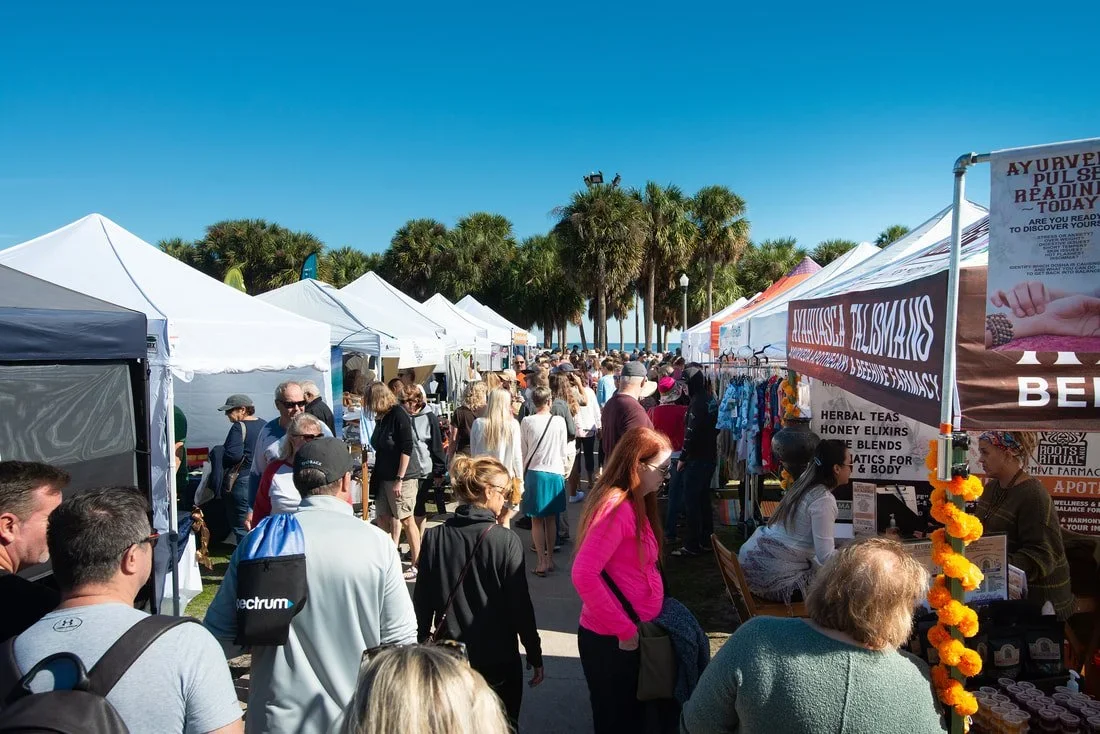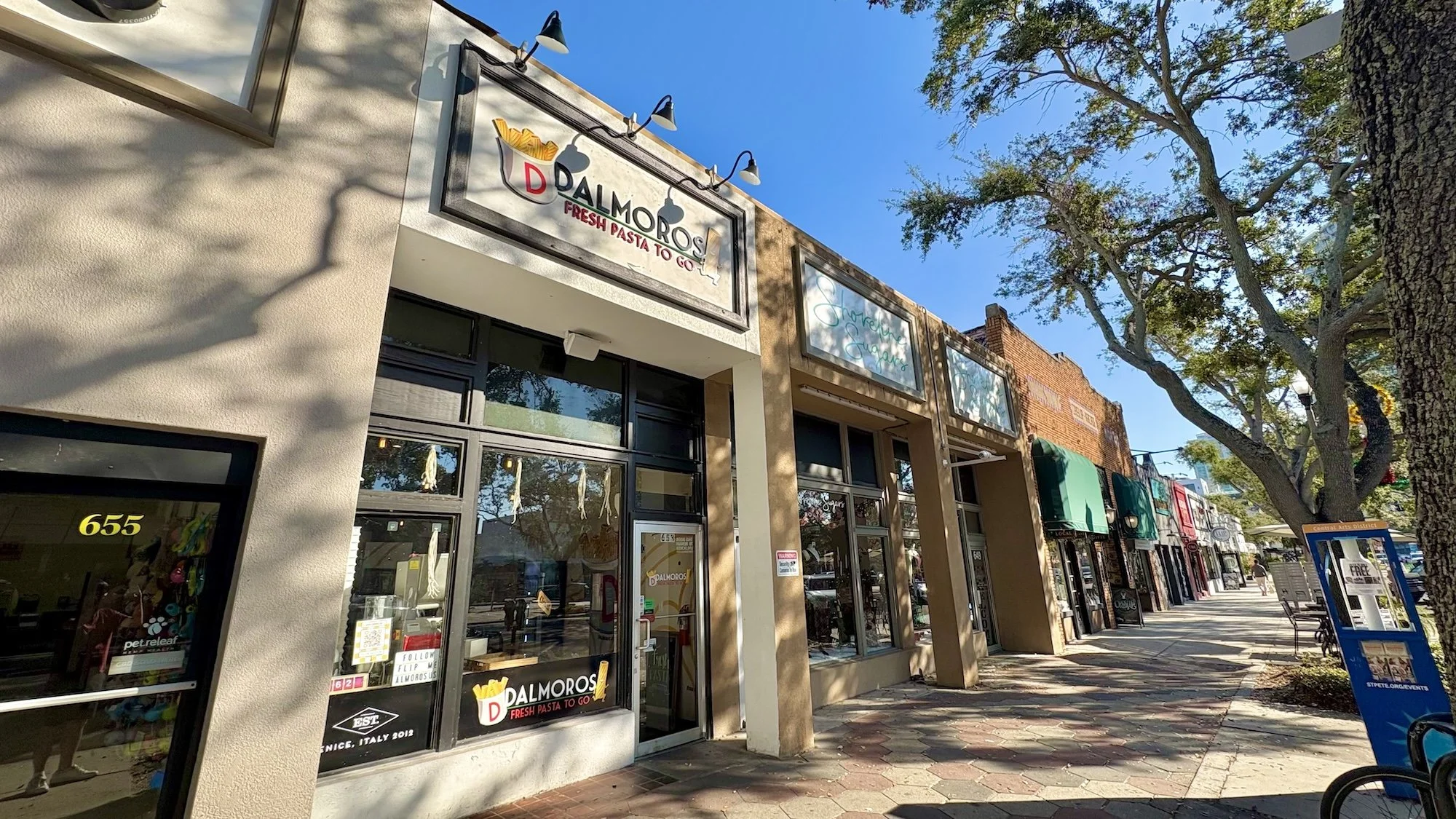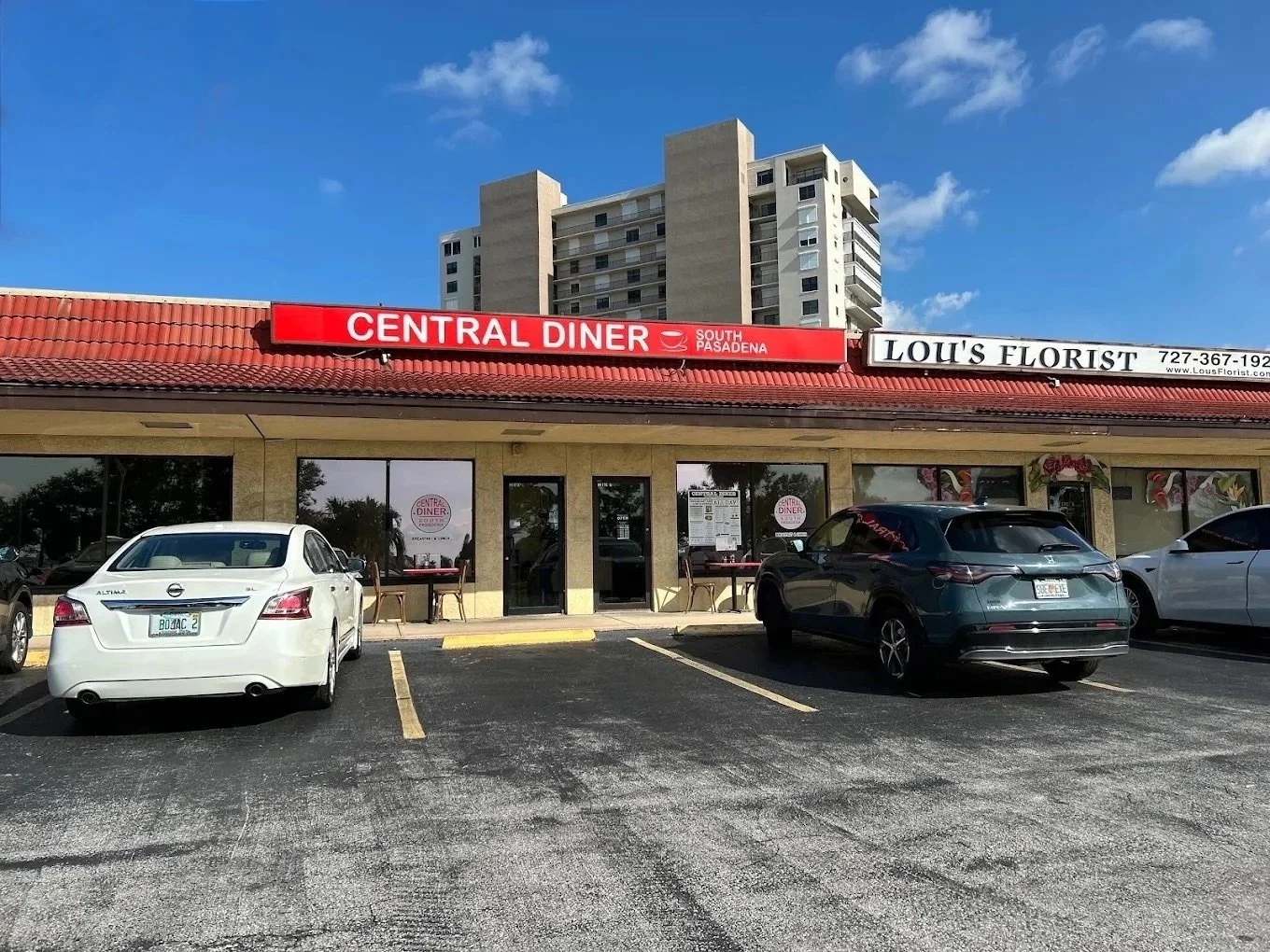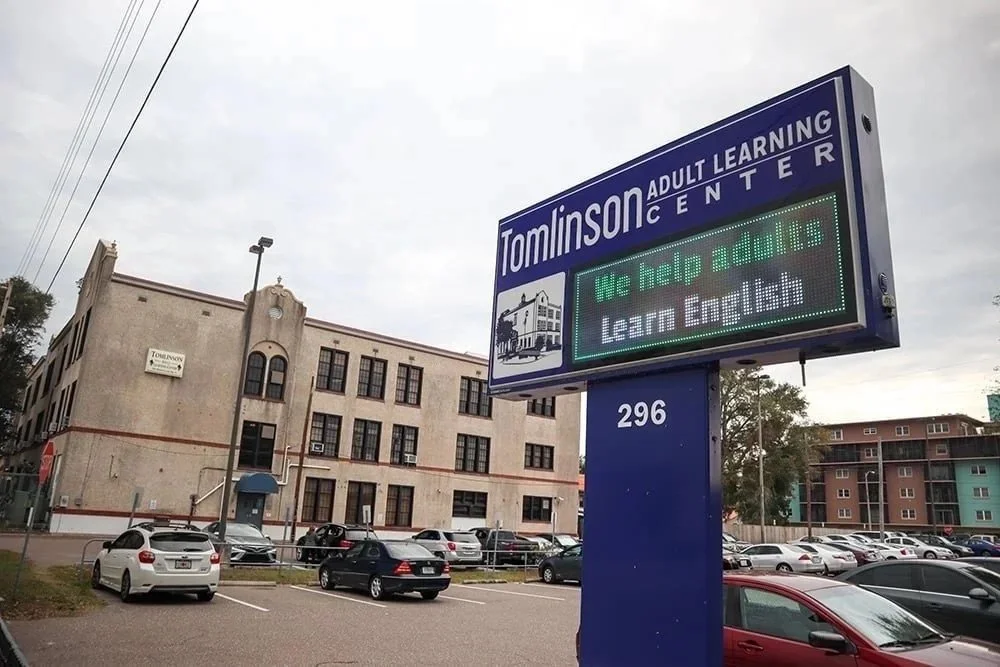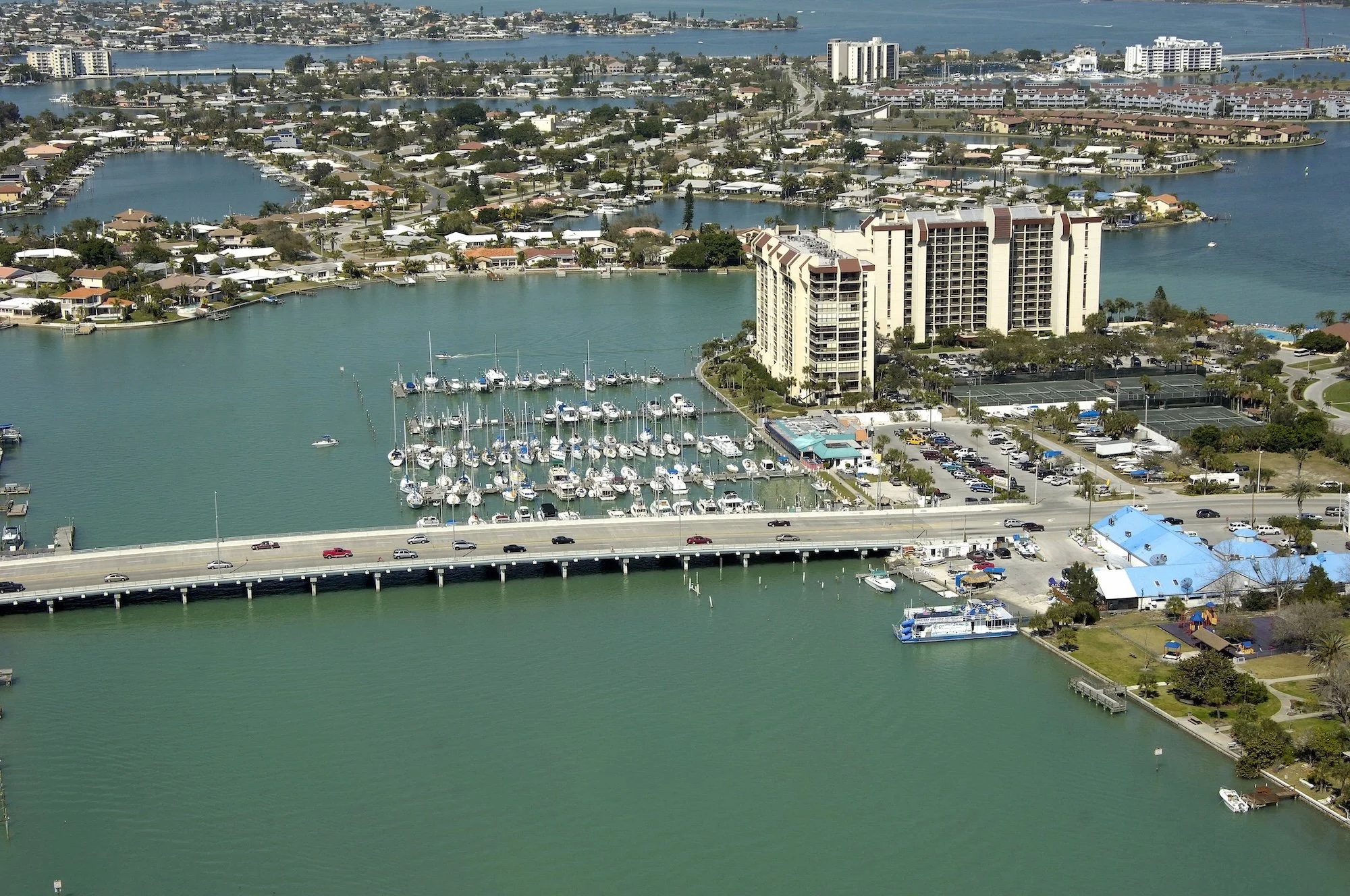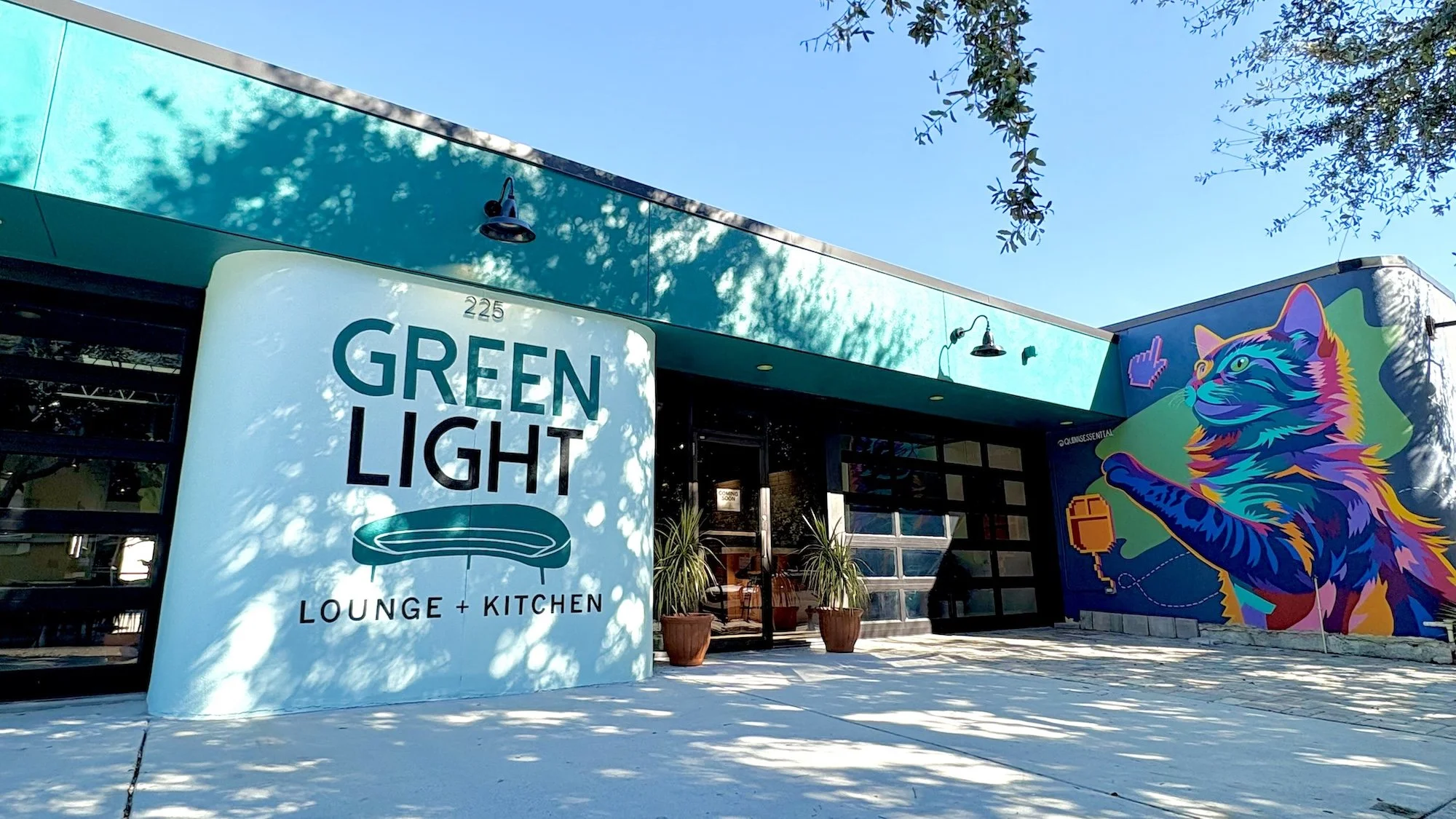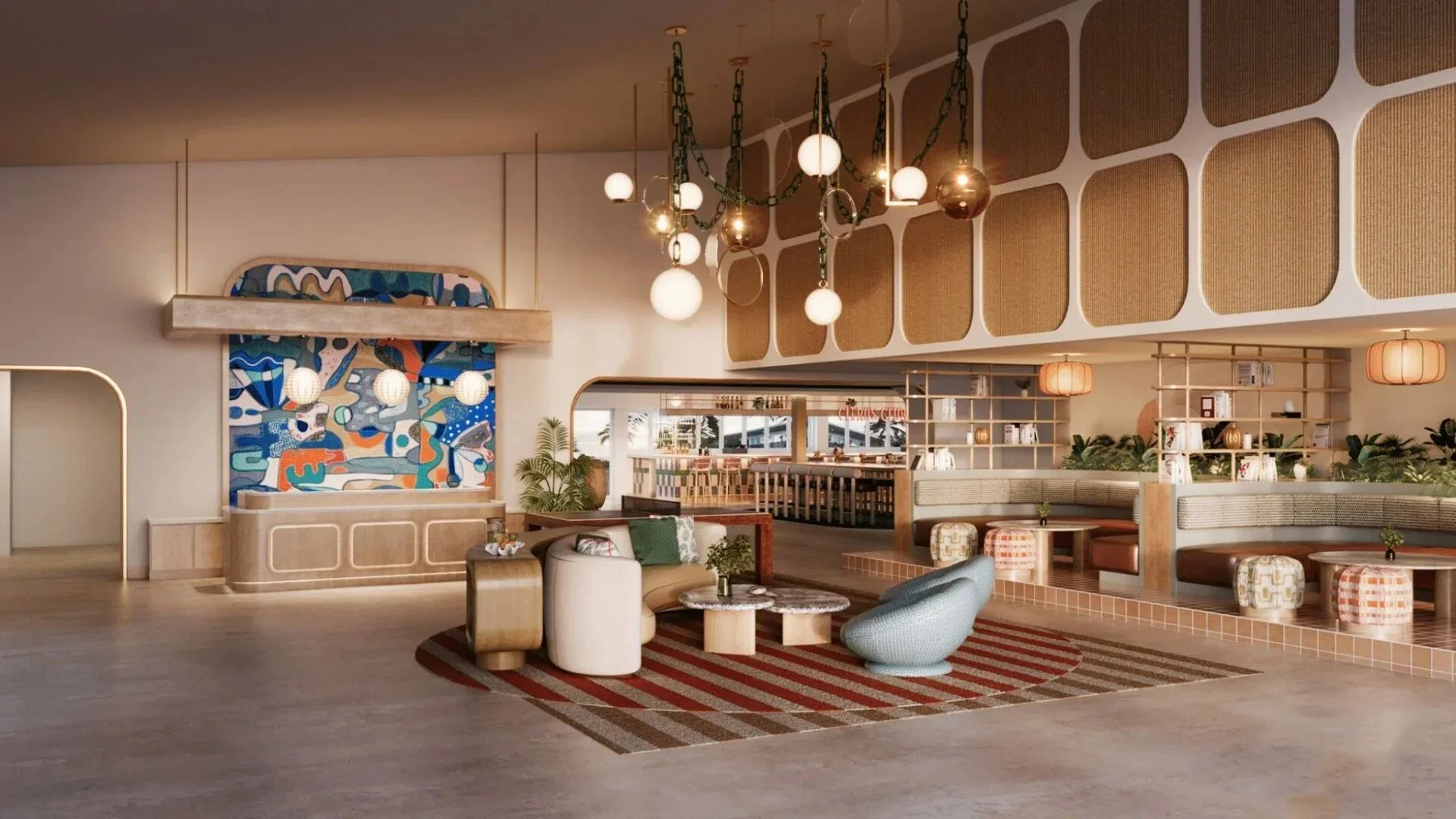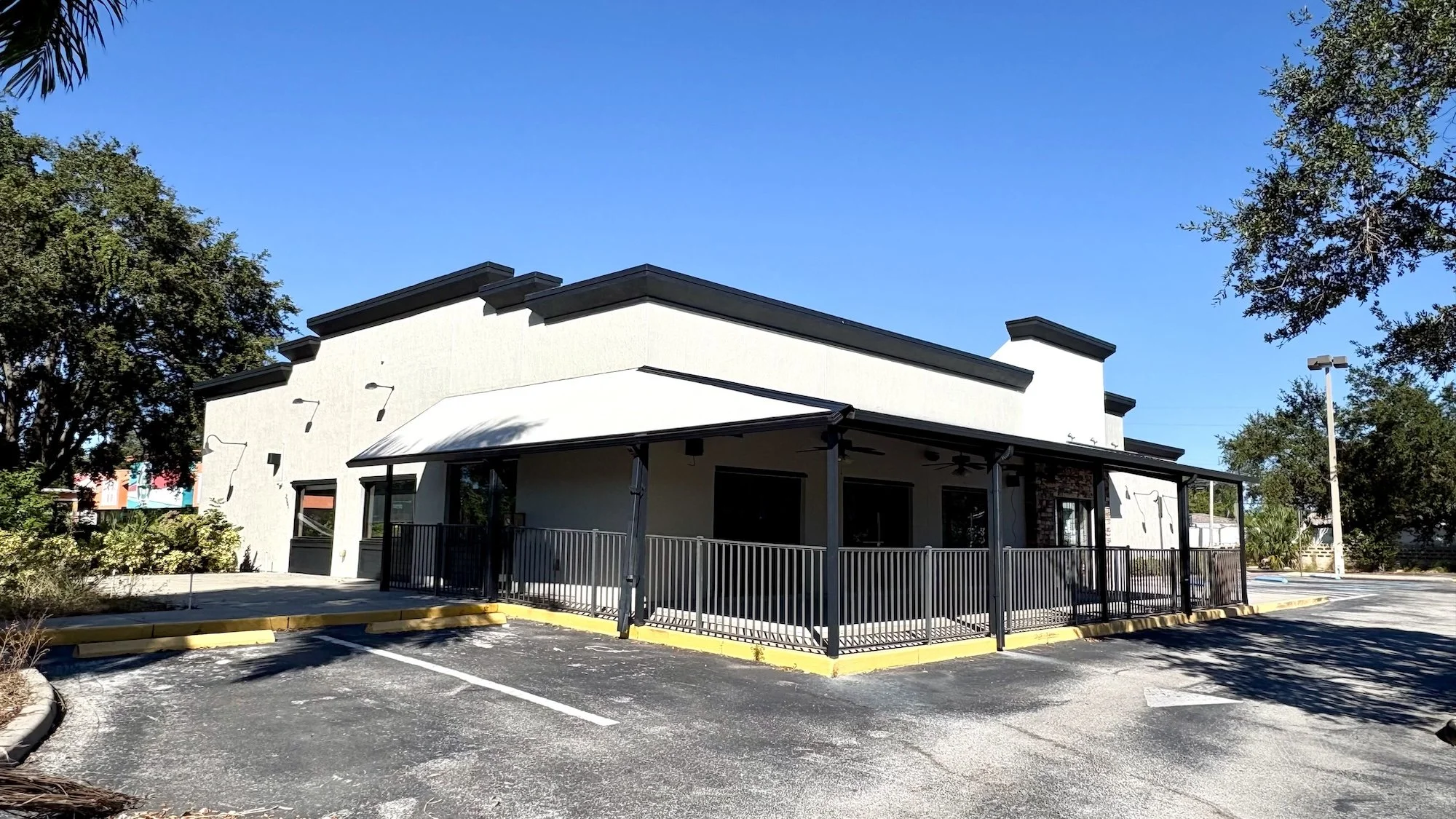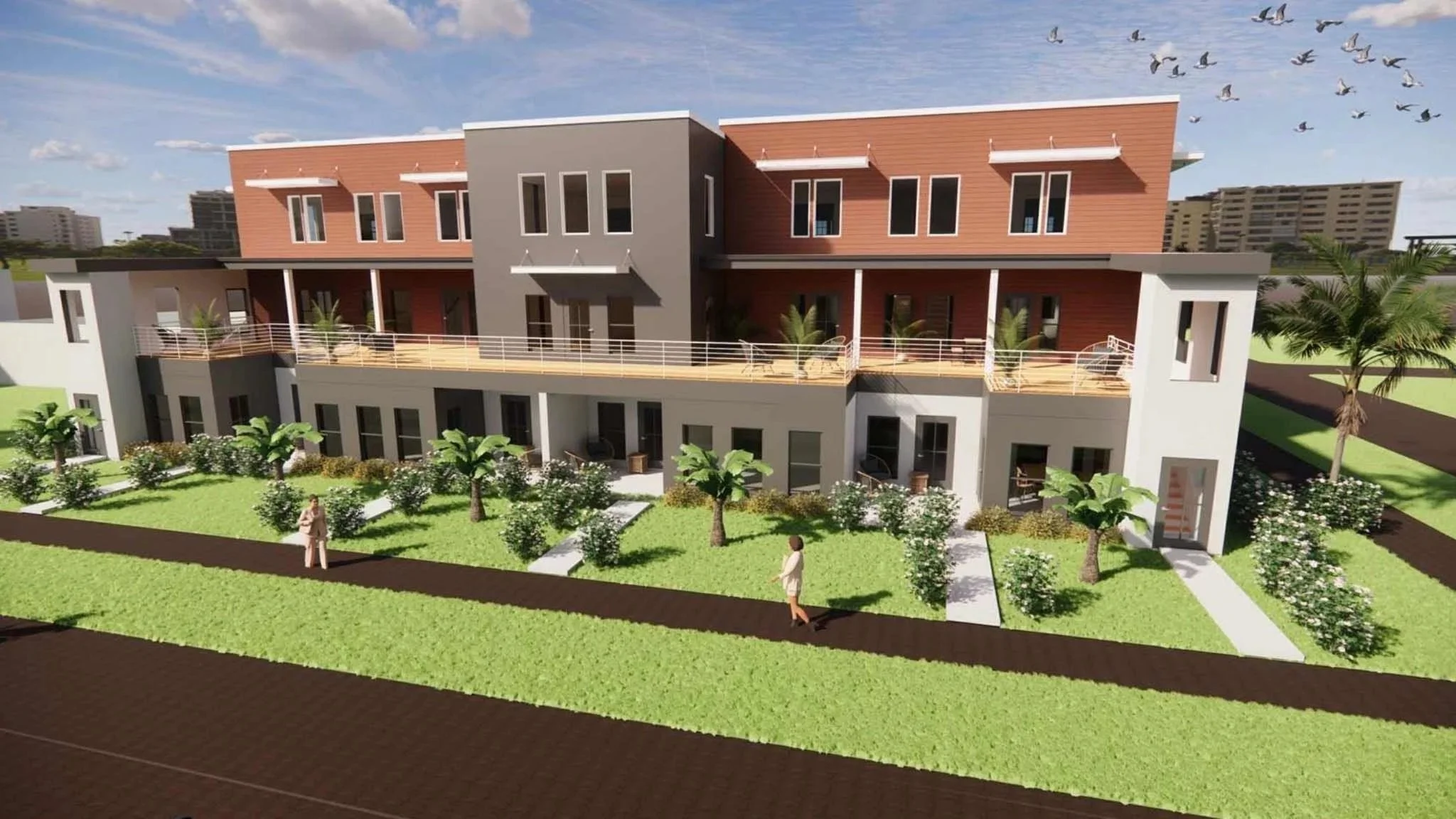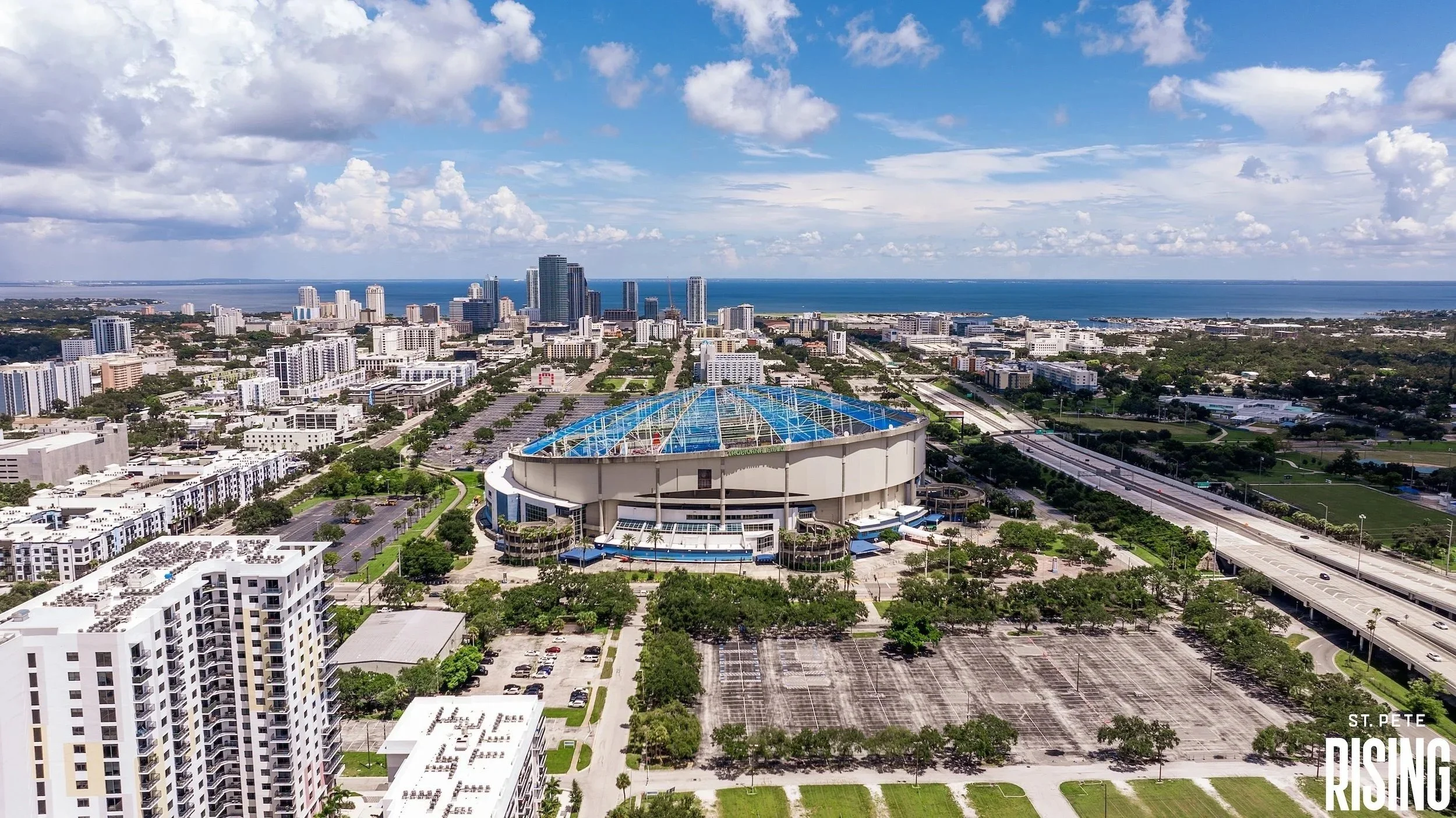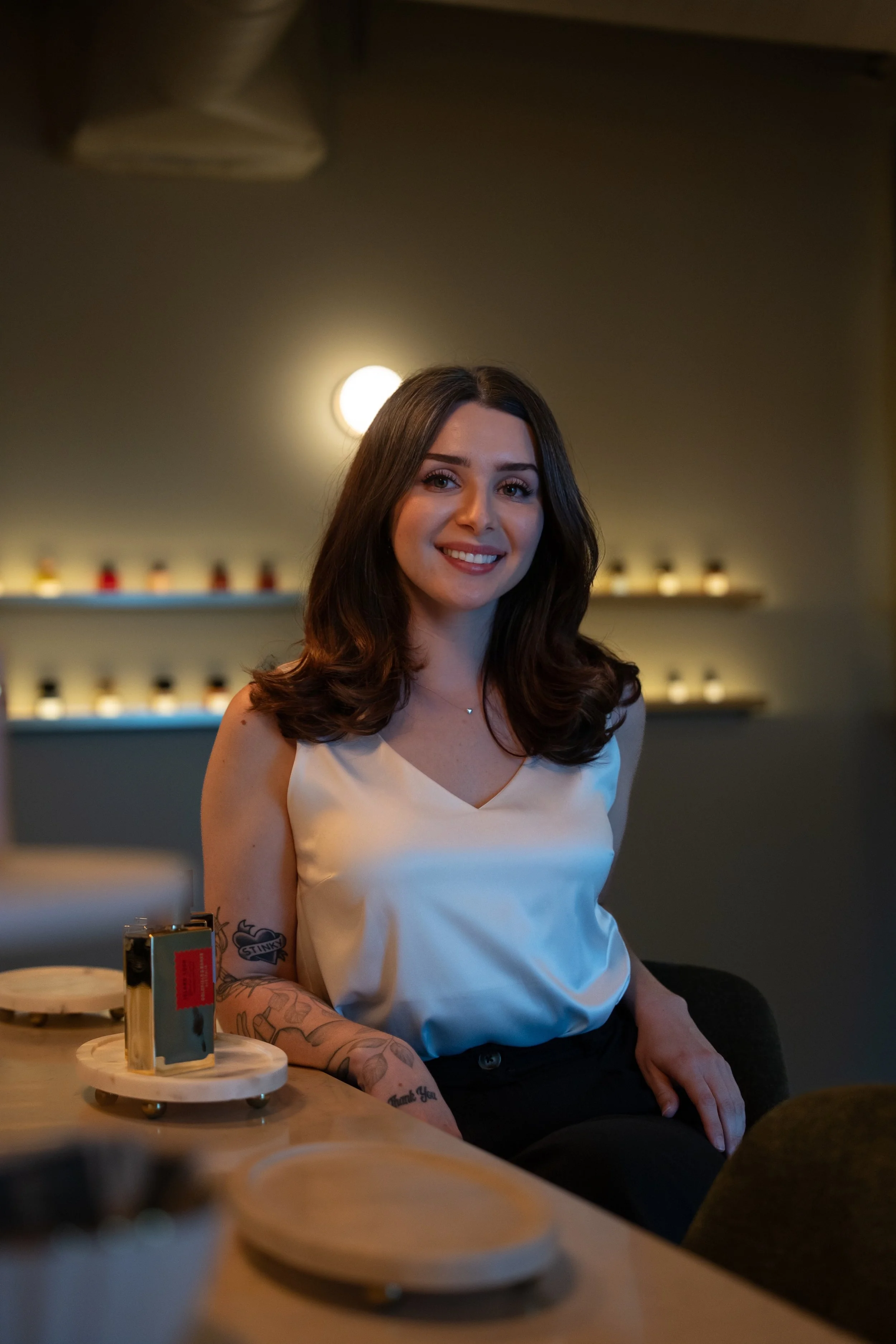Historically St. Pete: The 98-year-old Flori de Leon’s fascinating history as Florida’s first cooperative apartment community
/The 98-year-old Flori de Leon still stands at 130 4th Avenue North in downtown st. Pete | Flori de Leon
At St. Pete Rising, we are constantly providing comprehensive coverage on everything new and coming soon to the Sunshine City, but we think it’s also important to take a look back at our city's rich history.
Historically St. Pete, a monthly column on St. Pete Rising written by Executive Director of the St. Petersburg Museum of History Rui Farias, covers everything from the legend of underground mobster tunnels to the buildings and people that created the Sunshine City.
Follow us each month as we explore how these projects shaped St. Pete into the city we know and love today.
This month we explore the captivating history of the 98-year-old Flori de Leon — the first and largest cooperative apartment community on the West Coast of Florida.
The Flori de Leon in June 1926, when St. Pete’s hot housing market cooled and the developers stopped construction due to slow sales | St. Petersburg Museum of History
For years it stood majestically watching over the most historic avenue in downtown St. Petersburg. It’s no longer the tallest building on 4th Avenue North, but the Flori-de-Leon is still the most impressive structure on what was once St. Petersburg’s drive of elegance leading to our waterfront.
Rising seven stories with 84 apartments, construction of the Flori-de-Leon began in 1926 at 130 4th Avenue North during St. Petersburg’s land boom – a time of rapid development and speculation in the Sunshine City. It was at this time that 4th Avenue North was highly desirable, filled with several turn-of-the-century pioneering homes such as the Blocker and Henry-Bryan mansions, respectively located at 145 and 146 4th Avenue North.
The WJV Corporation started the $700,000 project in March of 1926, announcing that the most elegant private home building in the city would be completed by that September. They claimed, “people from all over the United States who have traveled, and lived well, have found their home in the Flori-de-Leon.”
Newspaper advertising boasted the fire and sound-proof building would have three electric elevators, constant hot water, and even its own heating plant for those rare St. Petersburg chilly nights.
Construction resumed on the Mediterranean Revival-style building in March of 1927 and opened in December of that year | St. Petersburg Museum of History
But the builders quickly ran into trouble. St. Pete’s hot housing market cooled by mid-1926 and the developers hadn’t sold enough units to pay for the remainder of the project. And so, construction stopped.
The original buyers who invested, and had hoped to move into the building in the fall of 1926, created Flori-de-Leon Apartments, Inc. They refinanced the deal with the St. Petersburg Bond and Mortgage Company and began selling units at cost.
Construction resumed on the Mediterranean Revival-style building in March of 1927. The first and largest co-operative apartment building on Florida’s West Coast opened in December of that year.
It wasn’t long before the legend of the Flori-de-Leon’s most famous residents took hold and have lasted for nearly 100 years.
The Flori de Leon shortly after completion in a 1927 postcard | St. Petersburg Museum of History
A story circulated for generations that the two towers that bookend the front courtyard are not similar in design because the penthouses were once owned by New York Yankees legends Babe Ruth and Lou Gehrig. Allegedly they did not like each other, causing the architect to alter the design.
Like many St. Petersburg tales, there is only partial truth to this myth.
At the time the Flori-de-Leon was built, Ruth and Gehrig did like each other. According to the Society of American Baseball Research, they spent time with each other’s families and traveled on barn-storming baseball tours together. It wasn’t until the end of Ruth’s Yankees career in the mid-1930s that the friendship soured.
It is unlikely that Ruth and Gehrig owned the penthouses. City Directories from the 1920s show the penthouses as vacant. This isn’t saying they didn’t reside at the Flori-de-Leon for a few months a year. It is common knowledge that they did.
The Flori de Leon’s south courtyard in a 1927 postcard | St. petersburg Museum of History
It is likely that the co-op rented the Hall of Famers the penthouses for those Spring Training months. This perpetuates the myth of Babe Ruth living in about every 1920s home in St. Pete. Our own version of George Washington slept here.
There is a private elevator to a penthouse, and a secret stairwell leading into the building, which would be perfect for Gehrig who was extremely private and shunned the spotlight. Not so much for Ruth who embraced stardom, making him a larger-than-life celebrity. There is also another Ruth connection to the building. At one time the daughter of his personal maid owned the penthouse Ruth lived in.
To this day, Flori-de-Leon continues to capture hearts with its storied past and timeless beauty. Over the decades, it has remained a symbol of resilience, elegance, and Old Florida charm.
In 1994, it was placed on the City’s register of historic places cementing its place in St. Pete history forever.
Over the past 98 years, downtown St. Pete has built up around the Flori de Leon, which was added to the City’s register of historic places in 1994 | Flori de Leon
